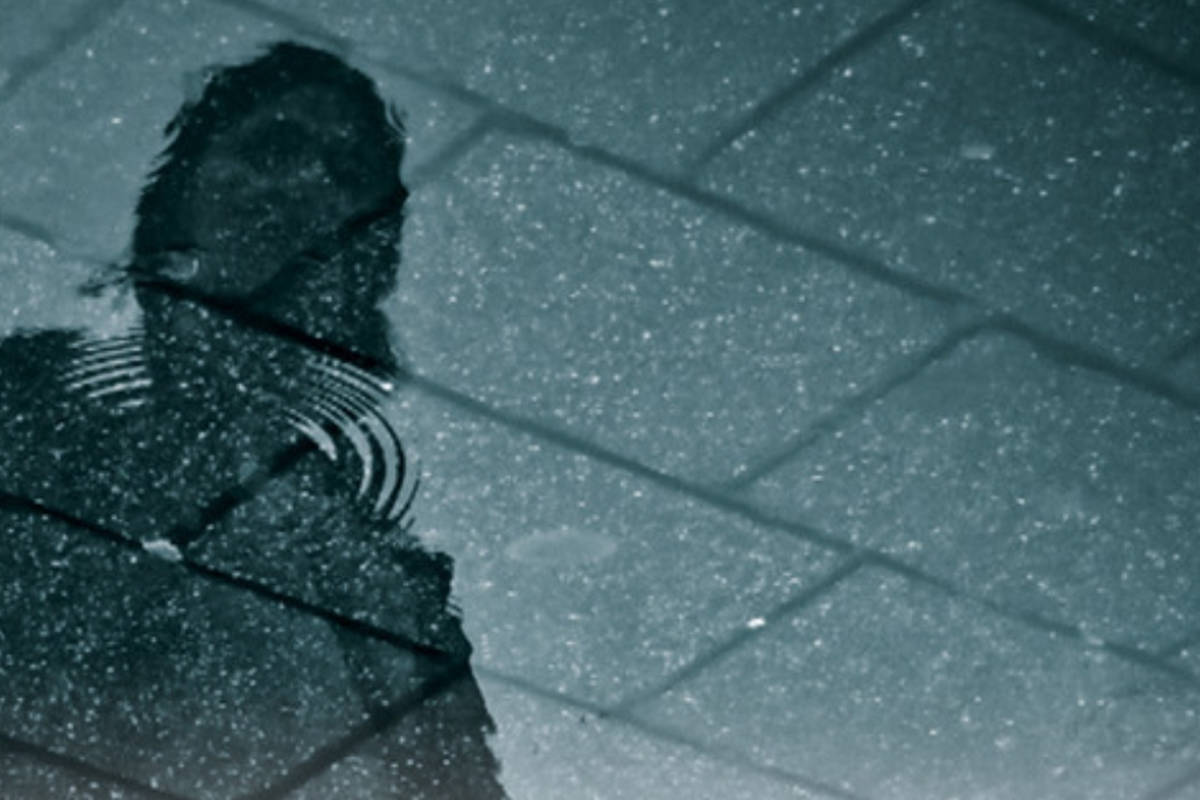The thing Brian Breck misses most is having a steady place to take a shower.
Breck is one of dozens of people living unsheltered in the Snoqualmie Valley throughout the COVID-19 pandemic. He came to the valley in the weeks before it started.
Since then, he’s been camping out in the woods in his tent. Sometimes he’ll go four to five days without talking to anyone — he and others follow social distancing guidelines and camp on their own.
“For the people that are homeless out there, there’s basically nothing,” Breck said. “Everyone’s just sitting out in the campsite.”
While Breck describes himself as a solitary person, he said it would be nice if “anything was open.” Libraries provide a place for unshelterd folks to use the internet, read and get inside. They were closed as part of Gov. Jay Inslee’s Stay Home, Stay Healthy order.
Snoqualmie Valley Shelter Services Executive Director Jennifer Kirk said they’ve had to curtail their day services at the resource center in Snoqualmie. Staff members go to camps to drop off food and supplies, and they man a grab-and-go station at the center.
It’s keeping people afloat, but the pandemic is causing anxiety, said Aisha Gordon, the center’s program manager.
“Being homeless is already isolating on its own,” Gordon said. “Human interaction is really important for people. There’s a lot of depression. There’s a lot of questioning of how long it’s going to be like this.”
Other things making life harder for the homeless in the valley include a broken shower trailer, trouble getting government-issued identification for work or benefits, and anxiety over medical bills if they get sick.
Breck has been waiting for unemployment benefits for the past eight weeks. He hasn’t been able to talk with unemployment agents yet, he said, despite filing weekly claims.
Still, it seems that social distancing measures may be working to prevent the spread of COVID-19.. Breck said he didn’t know anyone who has caught COVID-19. From his perspective, “the only thing it did was cause whatever resources we had to get shut down.”
COVID-19 infection rates have been significantly lower in the Snoqualmie Valley than in other parts of the county.
“We are part of King County, but if you look at the resources that the rest of the county has… all the money goes toward Seattle,” Breck said. He wants to see more clothing and hygiene services available in the valley — especially showers and clean clothes.
Less funding is a problem that Gordon sees, too. In 2017, the last year tax information is available, the organization reported about $190,000 in funding to serve around 60 clients. They want to operate a year-round overnight shelter, but don’t have access to a facility.
The shelter has received funding from North Bend, Snoqualmie and the county. They’re seeking additional funds from the county. Since the pandemic began, the community has donated nearly $20,000. But the shelter is running through that funding.
Shelter organizers have rented several long-term hotel rooms for unsheltered people who are at high risk of complications. The rooms cost upwards of $400 each per week. They have also bought prepaid cell phones for clients to stay in touch with them and make emergency calls.
If the pandemic is still happening next winter when the winter shelter opens, they will need to find a location where people can sleep at least 6 feet apart. Normally they have shelter capacity for up to 40 people.
And even now, they would like to be doing more, Gordon said. Much of her work is building personal relationships with people. That is difficult when you’re restricted to handing food to people across a table.
“Until some of those social distancing requirements are lifted, we’re kind of stuck in our operations as they are right now,” Gordon said.
Breck said people are getting more frustrated the longer they continue. Many weren’t prepared for the pandemic and social distancing requirements to last as long as they have.
“Nobody really expected it to be the way that it is,” he said.
King County is still under modified Phase 1 restrictions. It will likely be at least July before the county is allowed to fully, or near-fully reopen.


